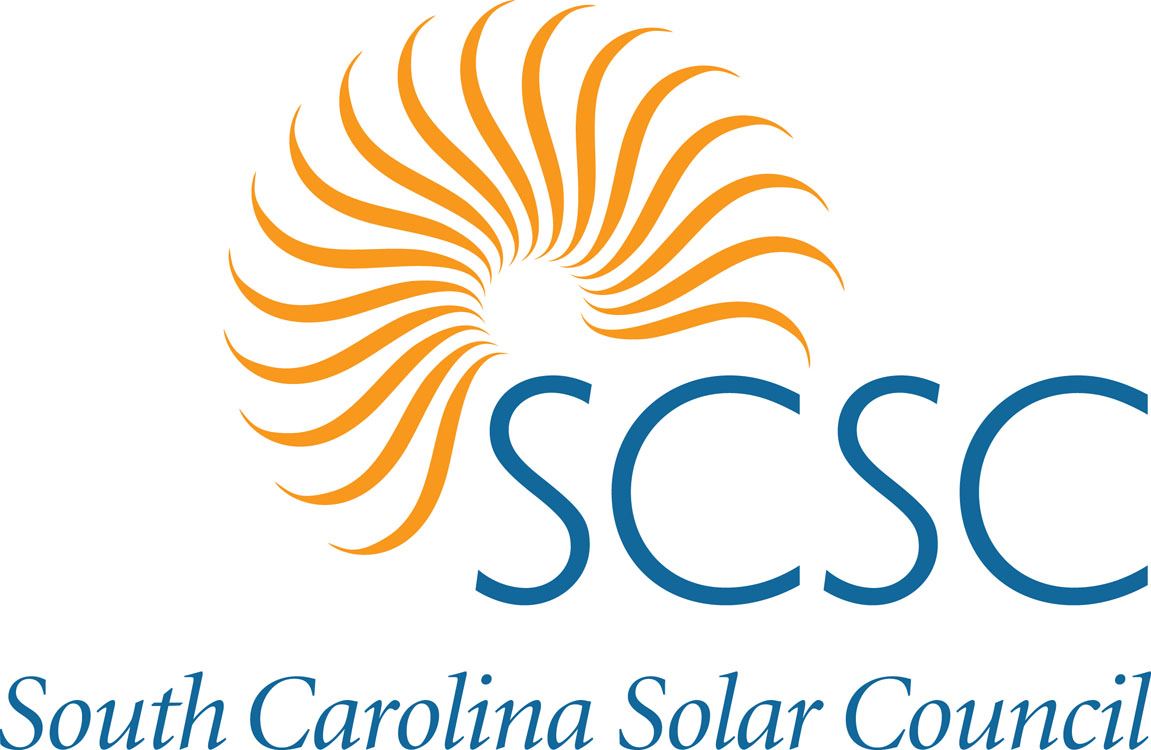
SOLAR GLOSSARY
A
Alternating Current (AC) An electric current where the direction reverses at regular intervals or cycles. AC currents are used for commercial energy because the voltage can easily be controlled.
Amp/Ampere A unit measuring the rate of flow of an electric current. High currents require thicker wire to minimize losses when cable temperatures rise.
C
Concentrating Solar Power (CSP) Technology that uses mirrors to reflect and concentrate sunlight onto receivers that collect the solar energy and convert it to heat. This thermal energy can then be used to produce electricity via a steam turbine or a heat engine driving a generator.
Conductor The material through which electricity is transmitted such as a wire or distribution line.
D
Direct Current (DC) A type of current where the electricity flows in one direction only. It usually involves low voltage and high current. Solar panels produce DC, which must be converted to alternating current (AC) before it can be used by most appliances.
E
Electric Current The flow of electricity in a conductor, which is measured in amperes.
F
Feed-in Tariff A policy-based system under which utilities pay participants per kilowatt-hour of renewable electricity generated. Feed-in tariffs affect where, when, and how much renewable energy generating capacity is installed. Feed-in tariffs are also known as electricity feed laws, feed-in laws, feed-in tariffs (FITs), advanced renewable tariffs (ARTs), renewable tariffs, and renewable energy payments.
I
Inverter A device that converts direct current (DC) electricity to alternating current (AC), either for stand-alone systems or to supply power to an electricity grid.
K
Kilowatt hour (kWh) The amount of electricity it takes to run a 100-watt light bulb for 10 hours. The average household uses around 11,000 kilowatt hours (kWh) per year.
M
Megawatt (MW) A standard measure of electric power plant generating capacity, equivalent to 1,000 kilowatts or 1,000,000 watts.
N
Net Metering Enables renewable energy customers to “save” excess energy that they generate to offset later energy consumption. This is done with electric meters thatturn backwards when excess electricity is generated. “Net” refers to the deduction of energy outflows from metered energy inflows. This offset means that customers receive retail prices for excess electricity generated. This encourages customer investment in renewable energy technologies. Implementation of net meteringis determined by state legislation.
P
Photovoltaic (PV) Photovoltaic (PV) cells convert light from the sun into usable energy.
R
Real-Time Pricing Real-time pricing differs from time-of-use rates inthat it is based on actual (as opposed to forecasted) energy prices, which may fluctuate unpredictably throughout the day and are weather-sensitive.
S
Smart Grid A nickname for an ever-widening palette of utility applications that enhance and automate the monitoring and control of electrical distribution. Smart meters provide detailed information on energy consumption for use in the smart grid.
Smart Meter Refers to a general class of meter which will not only measure kilowatt hours but also power quality, which is based on quality of the voltage. It is capable of being read remotely.
Solar Thermal A form of power generation using concentrated sunlight to heat water or other fluids that may then be used to drive a motor or turbine.
T
Tariff The price paid per kilowatt-hour of electricity.
Time-of-Use (TOU) Time-of-use rates describe the pricing of electricity based on forecasted supply and demand during particular time blocks. Time-of-use rates are usually divided into three or four time blocks per 24 hour period (on-peak, mid-peak, off-peak and sometimes super off-peak) and can vary from summer to winter.
V
Volt The unit measuring electrical pressure. High voltage requires increased insulation and clearances.
W
Watt The rate of energy transfer equivalent to one ampere under an electrical pressure of one volt. One watt = 1/746 horsepower, or one joule per second. It is the product of voltage and current (amperage).